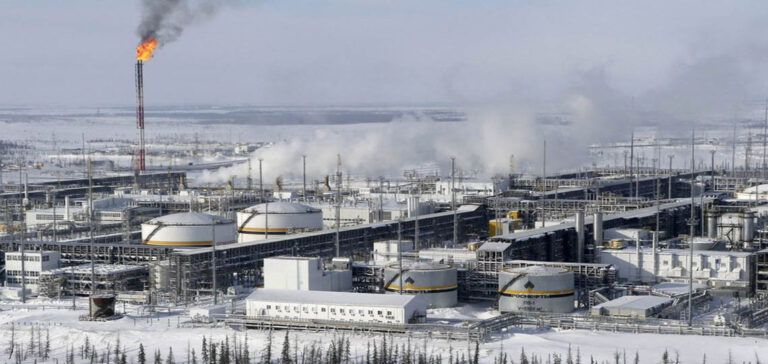Russia’s oil export revenues have reached remarkable levels despite the sanctions that have hit the country since December 2022. According to a report by theInternational Energy Agency (IEA), these revenues increased by $1.8 billion in one month, reaching $18.8 billion, their highest level since July 2022.
This significant increase is largely due to a rise in Russian oil product exports, which increased by 460,000 barrels per day to 7.6 million barrels per day. Crude oil accounted for a significant share of this growth, contributing 250,000 barrels.
Sanctions on Russian oil revenues
The sanctions imposed by the G7, Australia and the European Union in December 2022 were designed to cap the price of Russian oil, by requiring that only barrels sold at or below $60 could continue to be delivered. This measure was aimed at reducing Russia’s oil revenues, while maintaining an economic incentive for the country to continue selling its oil at reduced prices.
Despite these sanctions, Russia has managed to circumvent the restrictions by selling its crude oil to India, which is not subject to sanctions. The average export price of Russian crude thus rose by $8 per barrel in September, reaching $81.80, well above the capped price.
Russian Oil Production Forecast
Russian crude oil production reached 9.48 million barrels per day, despite Russia’s commitment to reduce exports by 300,000 barrels per day from September until the end of 2023. However, preliminary estimates show that this reduction was smaller than expected, with only around 100,000 barrels less per day than the May-June average.
Other producing countries, such as Saudi Arabia, Iraq and the United Arab Emirates, have also announced production cuts until the end of 2024, for a total of 1.6 million barrels per day. According to OPEC, Russian oil product production in 2023 is expected to fall by 500,000 barrels per day to an average of 10.5 million barrels per day, an upward revision on the previous month’s estimate.
In conclusion, despite sanctions and efforts to reduce production, Russia has managed to maintain high levels of oil revenues in September 2023. Russia’s economic and energy situation continues to be of great interest to world markets, particularly against a backdrop of fluctuating oil prices.






















